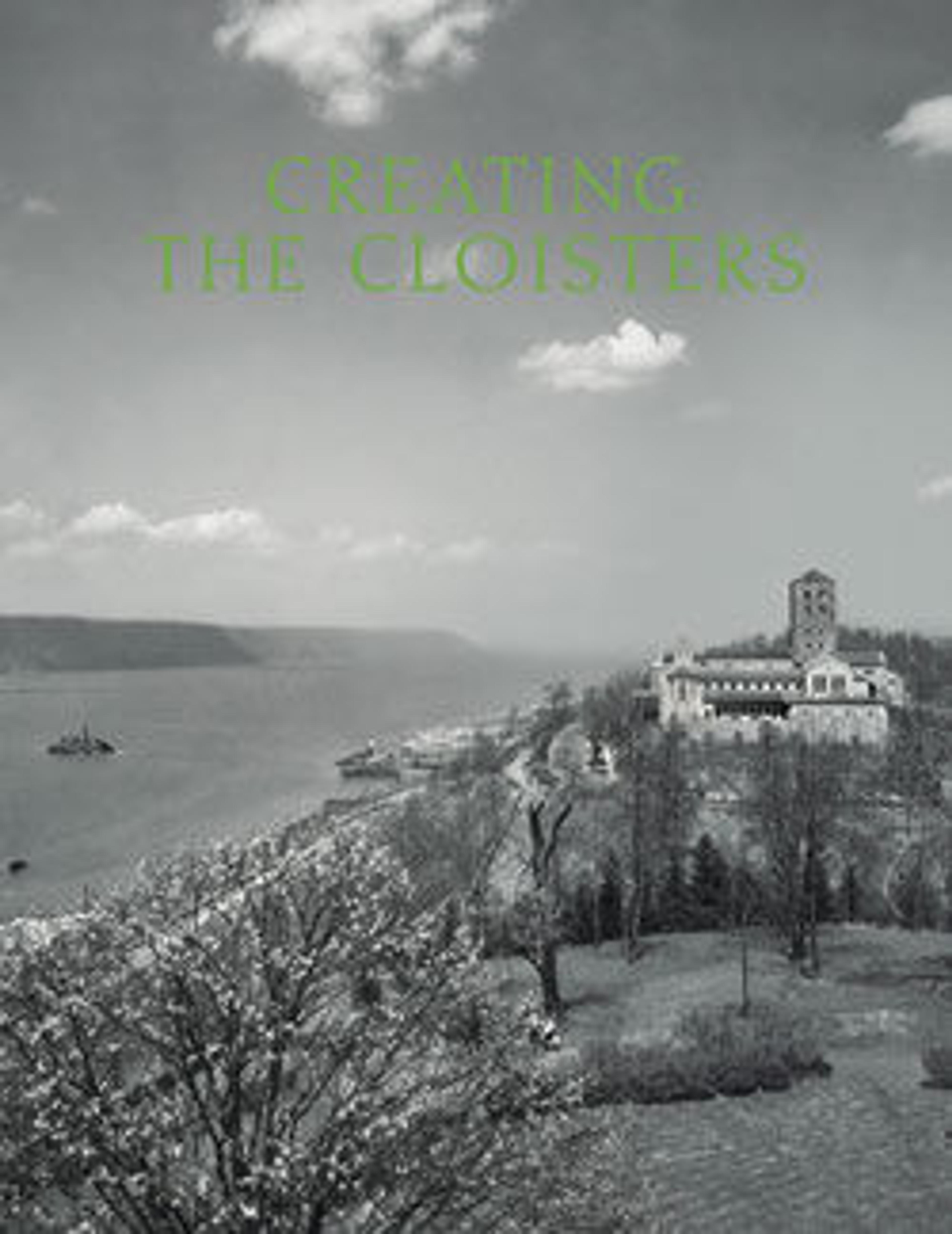Cloister
Reconstructed with twenty-one double capitals surmounting slender columns, the L-shaped arcade of this cloister screens the delightful herb garden of the Museum. The decorations of the capitals fall loosely into two groups: those with bulbous leaves forming prominent volutes at the corners (sometimes in two registers), and those with large, flattened foliage hugging the body of the capitals. Traditionally thought to have come from a Cistercian monastery in Bonnefont-en-Comminges near Toulouse, at least nine of the double capitals (six installed here, one in the Trie Cloister, and two in storage) are now known to have come from a late thirteenth-century Franciscan monastery in Tarbes that was demolished in 1907–8. Stylistic analyses of the remaining sculptures support the long-held belief that they came from other monuments in this region.
Not copied after any specific model, the layout of the cloister garden approximates that of a medieval herb garden, with raised beds bordered by bricks and wattle fences. Grouped and labeled according to their medieval usage (e.g., medicinal, culinary, magic, household), all of the plants grown in the garden are species documented in medieval sources, such as the ninth-century Capitulare de villis vel curtis imperialibus (Directive for the Administration of Imperial Courts). Of particular interest are the plants used by medieval artists, including those providing pigments for manuscript painting and textile dyeing.
Not copied after any specific model, the layout of the cloister garden approximates that of a medieval herb garden, with raised beds bordered by bricks and wattle fences. Grouped and labeled according to their medieval usage (e.g., medicinal, culinary, magic, household), all of the plants grown in the garden are species documented in medieval sources, such as the ninth-century Capitulare de villis vel curtis imperialibus (Directive for the Administration of Imperial Courts). Of particular interest are the plants used by medieval artists, including those providing pigments for manuscript painting and textile dyeing.
Artwork Details
- Title: Cloister
- Date: late 13th–14th century
- Geography: Made in Midi-Pyrénées, France
- Culture: French
- Medium: Marble
- Dimensions: Overall: 54 ft. 3 in. x 49 ft. (1,660 x 1,490 cm)
- Classification: Sculpture-Architectural
- Credit Line: The Cloisters Collection, 1925
- Object Number: 25.120.531–.1052
- Curatorial Department: Medieval Art and The Cloisters
More Artwork
Research Resources
The Met provides unparalleled resources for research and welcomes an international community of students and scholars. The Met's Open Access API is where creators and researchers can connect to the The Met collection. Open Access data and public domain images are available for unrestricted commercial and noncommercial use without permission or fee.
To request images under copyright and other restrictions, please use this Image Request form.
Feedback
We continue to research and examine historical and cultural context for objects in The Met collection. If you have comments or questions about this object record, please contact us using the form below. The Museum looks forward to receiving your comments.
